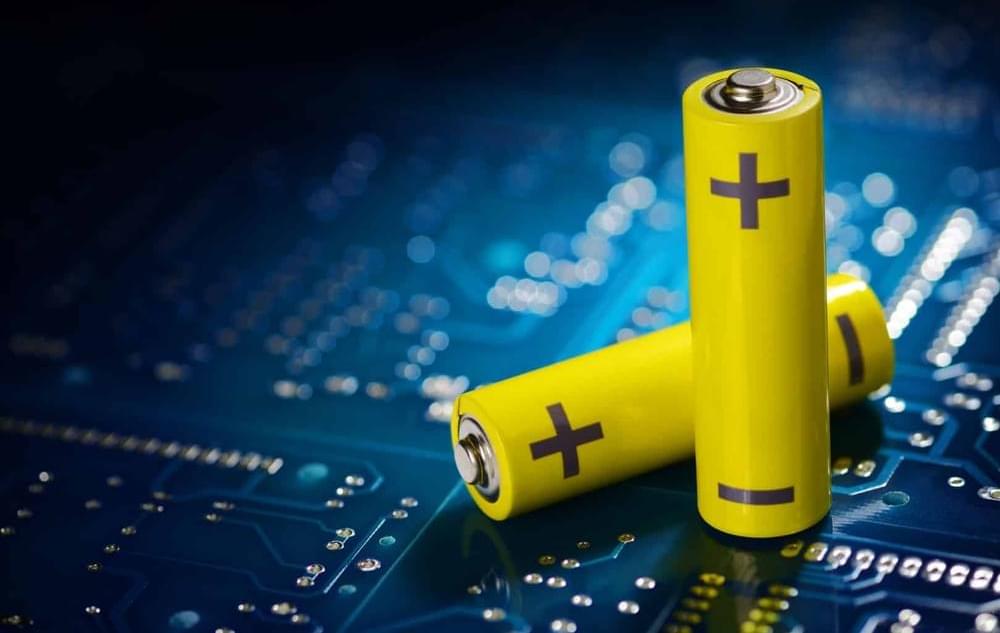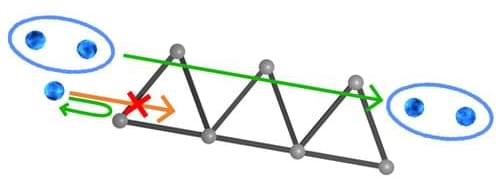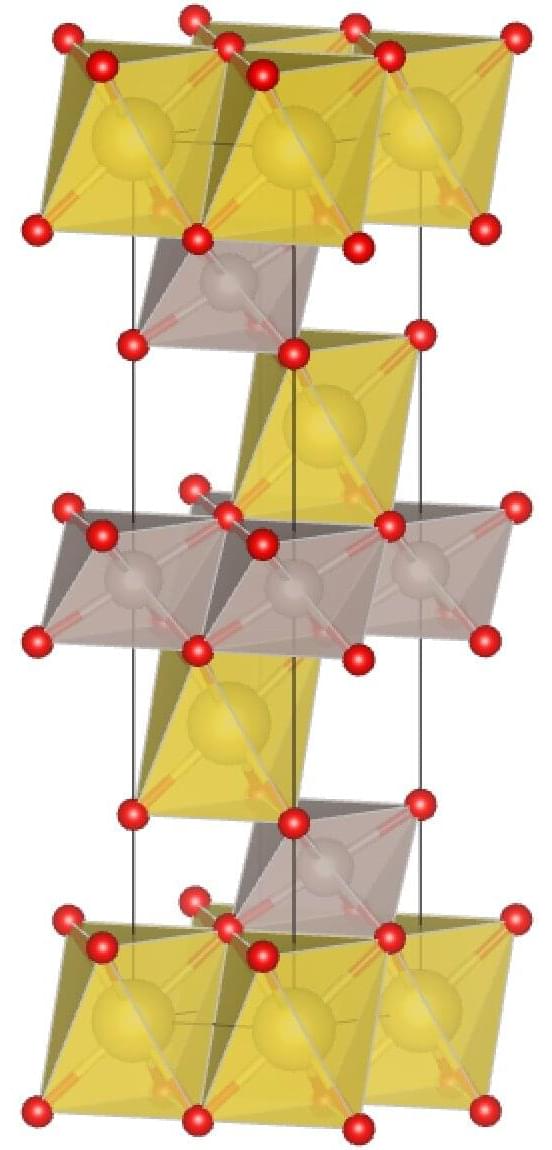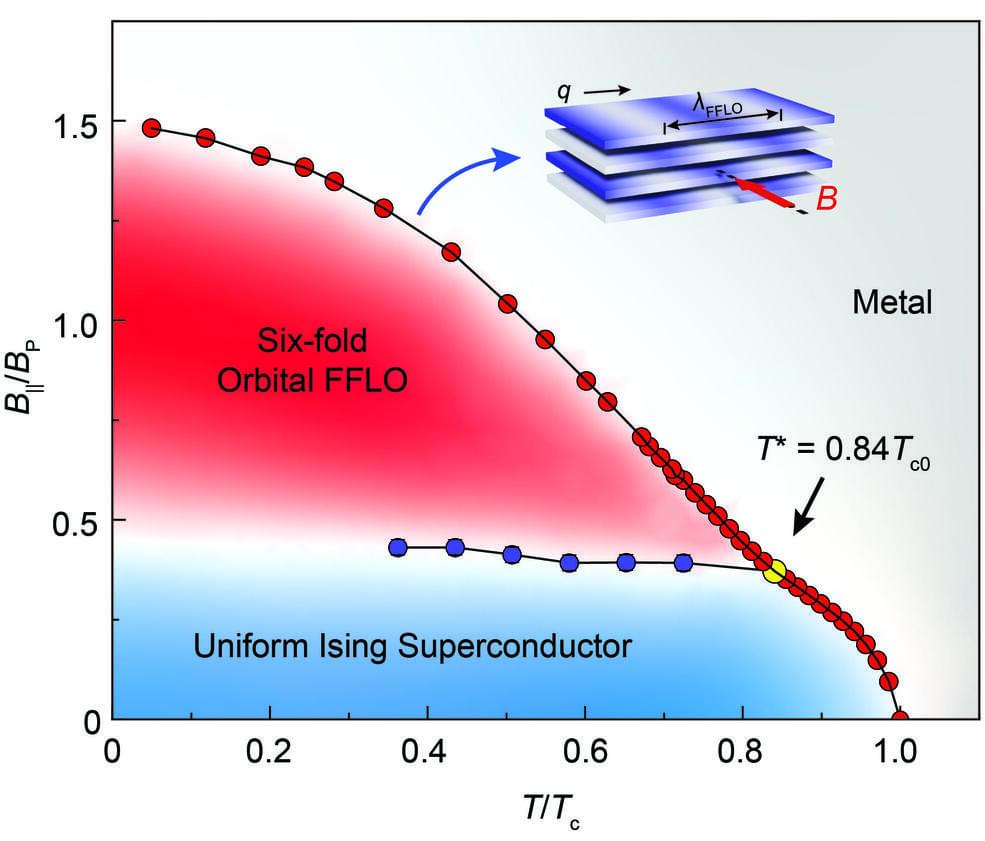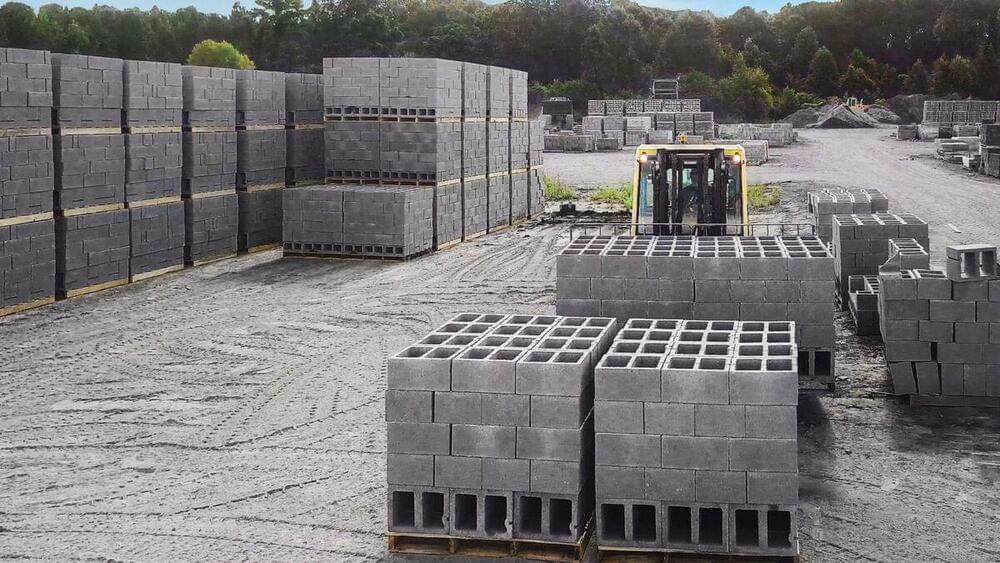May 28, 2023
Researchers develop calcium metal battery with long cycle life
Posted by Shailesh Prasad in categories: energy, materials
As potential alternatives to lithium-ion batteries, rechargeable calcium (Ca) metal batteries offer advantageous features such as high energy density, cost-effectiveness, and natural elemental abundance. Its properties are also thought to help accelerate ion transport and diffusion in electrolytes and cathode materials, giving it an edge over other lithium-ion battery alternatives such as magnesium and zinc.
However, many challenges impede the development of practical Ca metal batteries. The challenges include the lack of an efficient electrolyte and the absence of cathode materials with sufficient Ca2+ storage capabilities.
Now, Tohoku University researchers have developed a prototype calcium metal rechargeable battery capable of 500 cycles of repeated charge-discharge – the benchmark for practical use.
